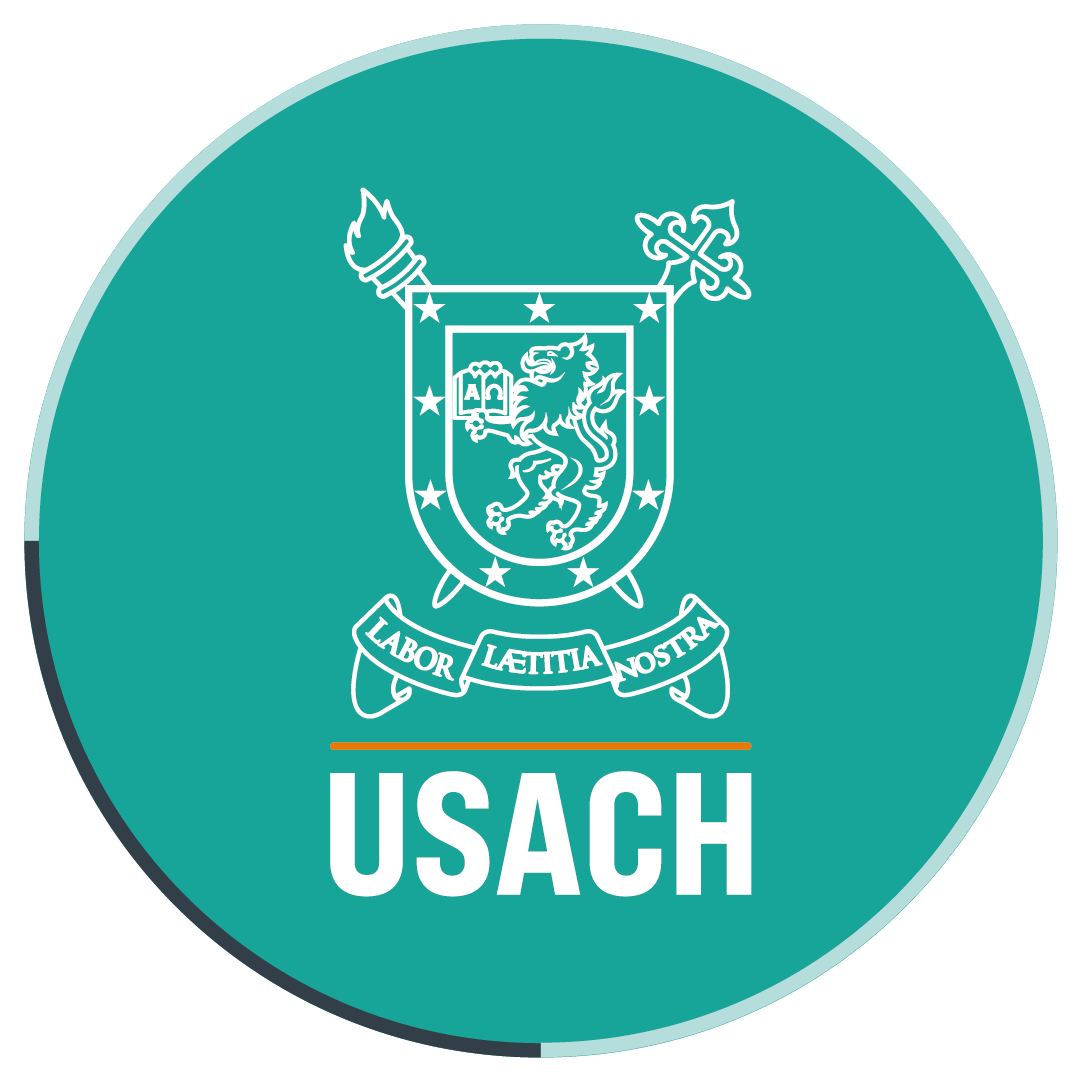Students of the Propedéutico Program of Universidad de Santiago met with President Michelle Bachelet
- María Soledad Gallardo, Ahinoam Fuentes y Sylvia Huenchufil, students of the program “New Hope, Better Future”, together with participants of the PACE Program, met with the President at La Moneda, occasion on which she congratulated the young students “for their talent and perseverance.”
On August 27th, María Soledad Gallardo, Ahinoam Fuentes y Sylvia Huenchufil, students of the Propedéutico Program of Universidad de Santiago, met for breakfast at Palacio La Moneda with President Michelle Bachelet and the Minister of Education Nicolás Eyzaguirre.
On the occasion, President Bachelet congratulated the 11th-grade students who are recipients of the Program for Accompaniment and Effective Access to Higher Education, (PACE, in Spanish) and the students who are currently studying at universities thanks to the Propedéutico Program, the University Preparatory Program.
President Bachelet explained that the PACE Program- inspired by the Propedéutico Program of our University- “intends to tackle the inequality in the access to higher education and, at the same time, reward youngsters like the ones who are here today for their merits and efforts.”
“It is a work model that supports students with best school performance, prepares them for entering higher education and, most importantly, it is a model that not only levels up knowledge but also helps students with their socio-emotional skills and provides them with vocational counseling,” President Bachelet said.
“I would like to thank this group of youngsters, many of whom were part of the Propedéutico Program of Universidad de Santiago and Universidad Federico Santa María last year, and also thank the group of students who are or will be part of a program (PACE Program) that started from and followed that initial experience,” President Bachelet said, according to the Presidency’s web site.
At the end of the meeting, President Bachelet said a few words to the students: “Thank you for your advice and your experience. Congratulations for your talent, perseverance and for not giving up in spite of all the difficulties that you faced. We will do our best to continue supporting you.”
The USACH-UNESCO Propedéutico Program, an initiative related to the University’s Social responsibility Program (RSU, in Spanish), is a pioneering selection system- an alternative to the PSU Test- that gives access to higher education to talented students who obtained the best grades in high school, in spite of their vulnerable condition.
The first version of this Preparatory Program was developed in 2007 at Universidad de Santiago and the students were the ones who named it Propedéutico-Usach “New Hope, New Future”. Currently, it has been replicated as a public policy in 18 universities of the country, from Arica to Punta Arenas.
Translated by Marcela Contreras

